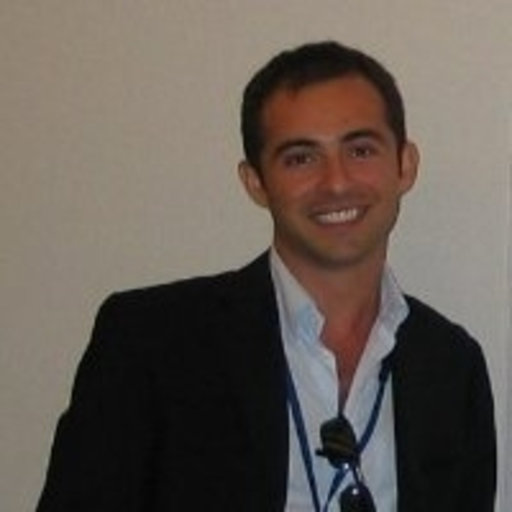Landslide modelling and mitigation strategies
Curriculum: HYRIS
Term: 2nd year, 1st Semester
CFU: 6
SSD: CEAR-05/A
Duration and Schedule: available here
Office hours: please contact the lecturer
OBJECTIVES
Landslides are one of the most destructive natural disasters. They are responsible each year of a large number of casualties and economic losses worldwide. Landslide modeling is of foremost importance for the mitigation of landslide risk both at a local and regional scales. Scope of the course is to introduce students to the basic theories and methods of landslide modeling and risk mitigation.
DESCRIPTION
The first part of the course reviews basic concepts of slope movements and erosional processes considering the various geological, geomorphological, hydrogeological and geotechnical settings. Topics include the study of the different mechanisms of slope instabilities and the corresponding analytical and numerical methods to be used in static condition taking into account their complex time-dependent behavior in mathematical and physically-based models. Pre-failure, progressive failures, reactivation and catastrophic failure conditions will be thoroughly analyzed.
The second part of the course focuses on selection and design of structural and geotechnical mitigation measures aimed at slope stabilization and landslide risk mitigation. Topics include an overview of ground improvement techniques, mechanical and hydraulic interventions, insertion of rigid inclusions, stabilization by modifying the geometry of the slope and by using of geosynthetics for natural and artificial slopes.
The course will consist of lectures to illustrate the theory and practical sessions where the emphasis is on problem solving.
Schedule of lectures:
- Review of basic principles of soil mechanics
- Numerical modeling of slope instability using Limit Equilibrium Method
- Numerical modeling of slope instability using displacement-based methods
- Review of ground improvement techniques
- Mechanical modification: principles of soil densification
- Hydraulic modification: filtration, drainage and seepage control (drains)
- Modification by inclusions and confinement: geosynthetic application
- Review of structural Landslide Mitigation Measures
- Ground improvement techniques for slope stabilization
REQUIREMENTS
Basic knowledge of geotechnical engineering and hydraulics
COURSE NOTES
The course material is posted at the KYRO website
REFERENCES
ROBERT D. HOLTZ & WILLIAM D. KOVACS & THOMAS C. (1981) An Introduction to Geotechnical Engineering. Prentice-Hall Ed.
HAUSMANN M.R. (1990) Engineering principles of ground modification, McGraw-Hill Pub Co.
MOSELEY M.P. & KIRSCH K. (2004) Ground Improvement, Taylor & Francis ed
ASSESSMENT
Assignments will be handed over and graded during the course. The final examination will consist of a written test. The final exam format is closed-book. An equation sheet will be provided, if needed. Grading 40% assignments, 60% final exam.
Instructor: Domenico Gioffrè: official webpage and CV

Institution: DICAR (UNIPV)
E-mail: domenico.gioffre@unipv.it
Voice: +39 0382 985459
Fax: +39 0382 985589
Skype: dgioffre
Bio: Domenico Gioffrè is currently Associate Professor at the Department of Civil Engineering and Architecture from the University of Pavia. He obtained his Ph.D. in Geotechnical Engineering in 2005 at the Mediterranea University of Reggio Calabria with a thesis on numerical analysis of debris flow using an advanced numerical model, developed with Prof. Pastor of the Universidad Politécnica de Madrid. Involved in several scientific activities and research projects, his main experience includes slope stability analyses in static and dynamic conditions, soil improvement, geosynthetic applications, geotechnical laboratory tests and geotechnical design of shallow and deep foundations. Dr Gioffrè activities include numerical modeling using 2D or 3D software such as Plaxis, Rocscience Suite and Flac.
